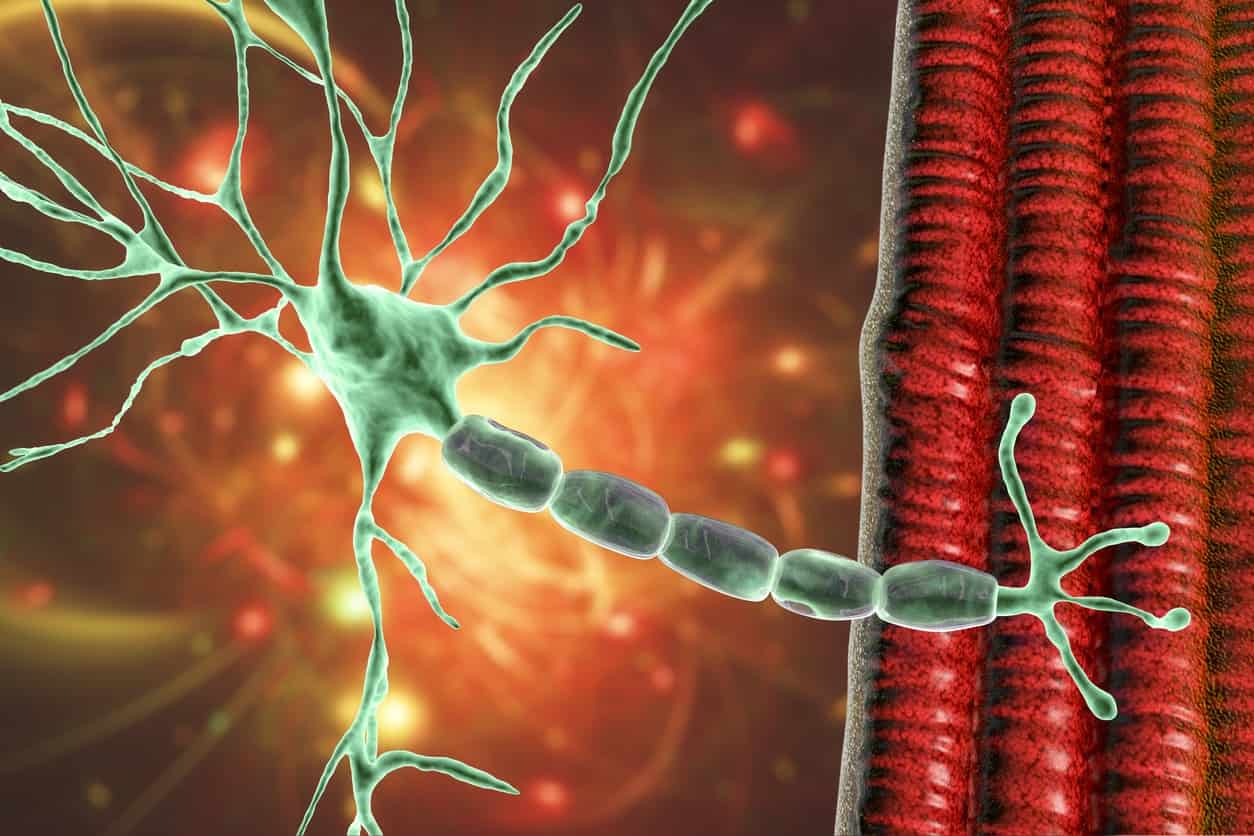IGF-1 is a naturally produced polypeptide amino acid. Endogenous growth hormone is converted into IGF-1 to eliminate excess glucose, creating the chemical intrinsically. The synthetically developed version of IGF-1, (IGF-1 LR3) was intended by its producers to imitate this same process within the cell body.
IGF-1 LR3 peptide is an extended analogue of IGF-1, and is a synthetic protein. The difference between this and the original IGF-1 is that, instead of glutamic acid, LR3 contains arginine at the 3rd position of its amino sequence, notated in the “R3” compenent. It also has 13 additional amino acids at its N-terminus, making it much longer, for a combined total of 33 amino acids, compared to the 70 that comprise IGF-1.
Researchers have reported the potency of IGF-1 LR3 peptide to be as much as 3x more than that of IGF-1(1), holding a potentially much greater half-life: roughly 20 to 30 hours, compared to the original IGF-1, which has a reported approximate 12 to 15 hours of half-life.
IGF-1 LR3 vs LR2
Though molecularly and structurally alike, IGF-1 LR3 and LR2 are distinctly different. The main difference between the two is that IGF LR3 is primarily found in mature organisms, while LR2 presents itself more in younger organisms whose bodily systems are still undergoing development. This is one way that scientists have tackled the question of why IGF-1 appears to significantly affect muscle tissue growth and repair. The IGF 1-LR3 peptide was developed for long-term research to closely study the chemical’s potential ability to prevent the deactivation of binding proteins within the blood.(2)
Research
IGF-1 LR3 peptide has been reported to exhibit multiple possible properties in various studies. Its primary properties include its potential to increase lipolysis (the process by which fat cells are naturally deconstructed and disposed of or consumed), promote protein synthesis, and support muscle cell maintenance and repair.
IGF-1 LR3 peptide and Fat Cells
IGF-1 LR 3 has been speculated by researchers to potentially boost energy metabolism efficiency by inducing cells to become more sensitive to insulin, while at the same time elevating the fat catabolic rate. This is a metabolic process through which energy is released as fat is broken down into smaller, more easily manageable compounds. This is all done to fuel important cellular processes. Researchers purport that the metabolism of fat in muscle tissue, while up-regulating protein synthesis in muscle cells (individually), is considered to preserve glucose at the same time. The ultimate consequence of this is muscle growth due to increases in the size of the cell. By speculating as the potentiality of the peptide to induce such processes, studies have also suggested the peptide’s potential to decrease general fat content.
IGF-1 LR3 peptide and Muscle Growth
One study aimed to investigate IGF-1 LR3 peptide’s impact, if any, on the metabolism of protein. The animal models used in this study were underfed to induce initial weight loss. The models were divided into a test group exposed to the peptide, and a control group (who did not receive the substance). The results observed that the models in the test group appeared to be able to preserve protein in both their skeletal muscles and the body as a whole. Additional studies have suggested endogenous peptide IGF-1’s role as a possible moderator of growth hormone action. Therefore, researchers have implied that IGF-1 may thereby potentially affect the majority an organism’s cells.
IGF-1 LR3 peptide Mechanism of Action
IGF-1 LR3 peptide may be a significant (hormonal) moderator of the natural increase in growth during peak growth hormone production. In the liver as well as in other tissues, scientists consider growth hormone to stick to its receptor to promote IGF-1 secretion and synthesis. In particular tissues, the IGF (type 1) receptor that corresponds to the insulin receptor has been speculated by researchers to be activated by IGF-1 LR3 peptide which may potentially induce intracellular communication, promoting various processes resulting in the growth of the organism’s total body length. The metabolic potential of IGF-1 LR3 peptide is aimed partially at promoting the uptake of fatty acids, amino acids, and glucose so that developing tissues are supported by their metabolism. Their efficacy and the peptide’s full mechanism of action requires further validation and remains under investigation.
Researchers can find IGF-1 LR3 for sale online, but it’s best to use a trusted source. The peptide is available strictly for research and laboratory purposes only.
NOTE: These products are intended for laboratory research use only. This peptide is not intended for personal use. Please review and adhere to our Terms and Conditions before ordering.
References:
- Tomas M, et al. “Superior potency of infused IGF-I analogues which bind poorly to IGF-binding proteins is maintained when administered by injection.” 1996.
- Oliver T., et al. “The local expression and abundance of insulin-like growth factor (IGF) binding proteins in skeletal muscle are regulated by age and gender but not local IGF-I in vivo.” 2005
- Anderson, J., et al. “Use of growth hormone, IGF-I, and insulin for anabolic purpose: Pharmacological basis, methods of detection, and adverse effects.” 2018.
